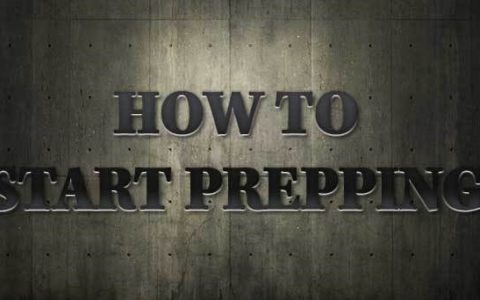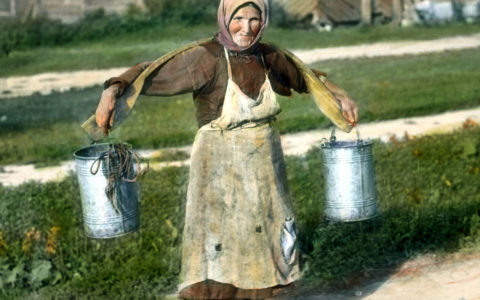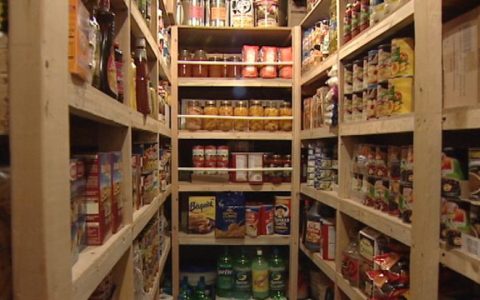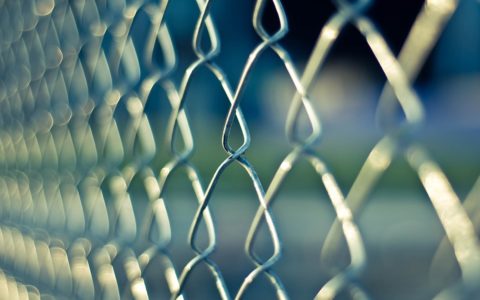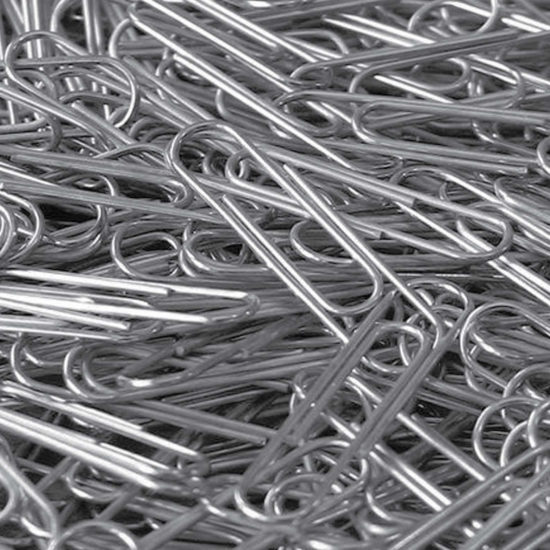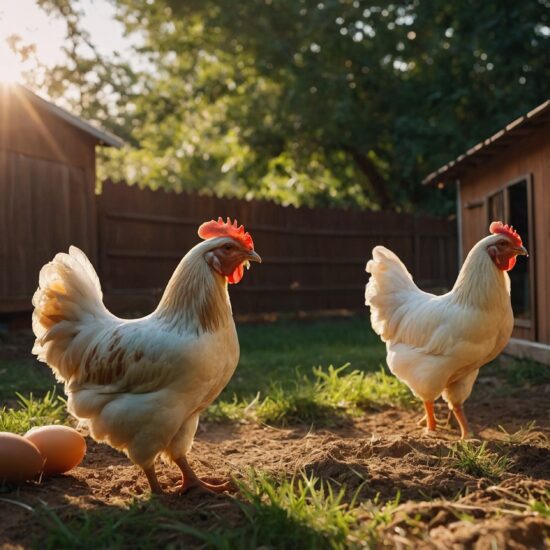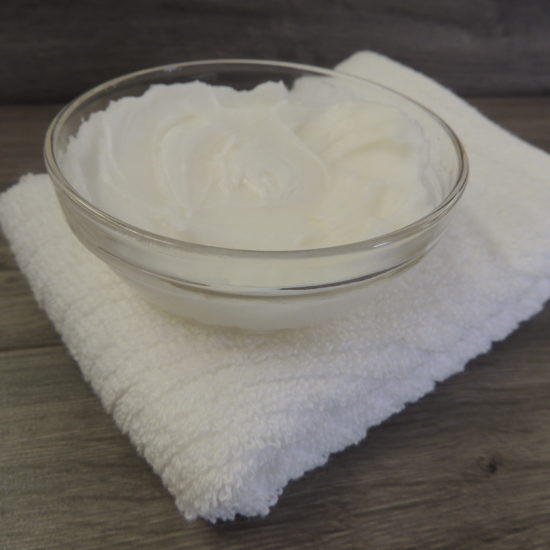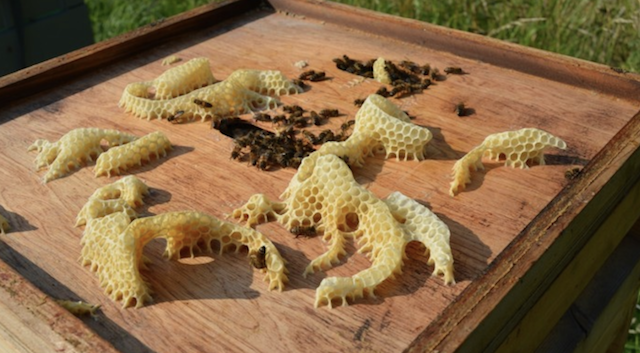
Do you raise honey bees? If so, you should know that their usefulness extends well beyond the production of honey. In addition to pollinating your plants and ensuring a healthy ecosystem, bees also produce honeycomb.
While it may not sound fancy, honeycomb produces many pounds of beeswax which can then be used around the home. Here are some of the best ways to use beeswax on the homestead – no matter where you live.
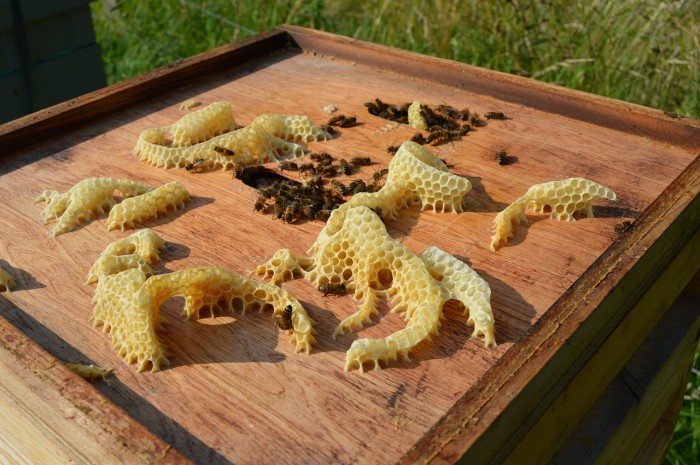
What is Beeswax?
Beeswax is made from the honeycomb of honeybees. Bees consume about eight times the amount of honey that will need to produce one pound of beeswax. This one pound of wax requires an impressive 150,000 flight miles! Why waste it?
When bees mix pollen oils into honeycomb, this turns the naturally white wax into a luxurious yellow or brown color. When purchased commercially, beeswax can be bought in yellow, white, or bleached shades. While yellow wax will be that which was extracted directly from the honeycomb, white and bleached beeswax have been altered.
Beeswax is a medical aid for a variety of conditions, such as lowering cholesterol and relieving pain. It can also be used to reduce swelling, treat ulcers, eliminate diarrhea, and treat hiccups. White beeswax, as well as yellow beeswax treated with alcohol, are also commonly used as stiffening agents in cooking.
Beeswax works well around the homestead because it contains a mixture of crucial elements like creotic acid, hydrocarbons, alcohol, minerals, esters, pigments, and water. These combinations give it a low melting point, making it possible to work with it without needing special equipment.
How Do I Find Beeswax for the Homestead?
Beeswax is produced by honey bees, used to create honeycomb for their hives. Each hive will contain several sheets of beeswax comb. If you raise your own bees for honey, you can easily harvest the beeswax to use around the homestead. If not, contact a local beekeeper.
Extra beeswax is usually not thrown away after the extraction process but instead melted into blocks to be used later on. It can also be purchased in bulk online or at local craft stores.
If you are harvesting beeswax from your own hives, you will want to allow gravity to remove as much honey from the wax as possible after extracting your honey. Place your wax in a five-gallon pail and top it off with water before pouring it through a colander to wash it. Then, place the washed wax in a double boiler to melt it.
You should always use a double boiler to melt beeswax and avoid melting beeswax directly on a n open flame. It’s extremely flammable, so don’t leave the room while you are working.
Afterwards, you can strain the melted wax through a few layers of cheesecloth to remove any particles. This can then be produced into a block mold to use around your homestead.
How to Use Beeswax on the Homestead
Beeswax has multiple purposes, with a delightful scent and a unique texture that makes it ideal for a variety of homestead tasks. You can use it by itself or with a combination of other ingredients to create products that have multiple uses around your home and farm.
1. Beeswax candles
It never hurts to have extra candles lying around the house for emergency situations. Plus, beeswax candles make excellent gifts! You can use rolled sheets of beeswax or beeswax tapers, or simply melt down beeswax chunks from your own hives. Add essential oils for a lovely scent.
Related Knowledge to survive any medical crisis situation
2. Sewing buttons
You can use beeswax in sewing to help make it easier to attach buttons. All you need to do is cut your thread to the length needed, then wrap the thread around a block for wax and sliding it along the wax. Push it down with your finger, and the thread will be much easier to knit.
3. Unstick a drawer or zipper
Just a little bit of beeswax can help make your drawers (or even your windows!) slide a bit easier. Just use a few drops of wax to lubricate the sashes. You can even put beeswax on the teeth of your zipper to make it easier to open.
4. Wax wooden furniture
If you have furniture or even structural elements (like ceiling beams) that you want to have a little extra shine, consider mixing equal parts of linseed oil, turpentine, and beeswax. Warm the mixture and apply with a rag.
5. Coat your cooking pans
Don’t worry about using butter or other unhealthy oils to coat your pans. Use beeswax! Just rub a small amount inside your favorite frying or sauce pan before use. Make sure the pan is slightly warm.
6. Seal envelopes
Don’t let your tongue get tired with all the mail you need to send – particularly all those cards at Christmas time! Instead, use beeswax to seal the envelope and you’ll save yourself a lot of effort.
7. Beeswax food wraps
Instead of relying on plastic, use beeswax. You can make your own reusable beeswax food wraps that are eco-friendly -and also better for your health.
8. Preserve a bronze or patina
You can also seal color and shine into copper by rubbing it with warm beeswax. Just polish off any excess with a rag.
9. Use beeswax for canning
Beeswax was used for hundreds of years to prevent jam spoilage during preservation. All you need to do is apply a coat of wax over the food between uses.
10. Clean your grill
If you like to grill – but hate the clean-up process – use beeswax. Make sure it’s warm, but then you can apply it to your grilling rack before use. It will prevent the buildup of food residue, but remember not to use beeswax while the grill is hot – it can flash up on you.
11. Loosen rusted nuts and lubricate screws
If your old screws aren’t twisting quite the way they should, you can use beeswax to smooth the drive and remove corrosion. All you need to do is rub a bit of wax over the threads to keep them lubricated.
Related Build yourself the only unlimited water source you’ll ever need
12. Clean your iron
If your iron has developed heat marks and is leaving stains on your clothes every time you use it, you might want to wipe it down with some beeswax. This should remove any residue.
13. Wax your own cheese
If you make your own cheese on the farm, regardless of whether it is from cows, sheep, or goats, you can make your own natural covers with beeswax. Allow the cheese to dry before applying hot wax. This will give it a proper seal.
14. Fix frayed rope
If you find that the rope you like to use around the homestead is beginning to unravel, you can fix it by wrapping a waxed piece of string around the tip of the rope a dozen times. Tie the loose ends and trim any excess.
15. Dye fabric
Beeswax can be used in a method of fabric dyeing known as batiking. This involves covering fabric that is not meant to be dyed with removable wax. You’ll need a bit of paraffin, too, but otherwise beeswax will do the trick for you.
16. Use beeswax on your saws
If you are preparing to use a hand saw in new wood, consider using some beeswax. If you rub the wax on the sawteeth, it will help them cut through wood more easily.
17. Condition wooden cutting boards
Before you break in your new wooden cutting board, condition it with beeswax. Combine a half-teaspoon of wax to a cup of mineral oil, and heat it up until the wax has melted. Apply it to the board using a soft cloth.
18. Make a pain-relieving salve
Beeswax has anti-inflammatory properties that make it an excellent item to reduce your aches and pains. Mix chickweed, wormwood, olive oil, and beeswax to create individual tins of pain-relieving salves.
19. Use beeswax as a fire starter
If you like to camp or simply enjoy having fires at home, use beeswax. You can brush melted beeswax into tiny squares of cardboard. Pack them with you, and they’ll help you start your next fire in a pinch.
20. Prevent rust
Apply beeswax to your favorite cast iron pans, hand tools, and shovels. This should prevent them from rusting out.
21. Polish concrete
If you have concrete surfaces, like countertops, in your home, you can use beeswax to give them a natural luster. All you need to do is rub melted beeswax on the surface, let it dry, and then wipe it away.
22. Soothe itchy skin
Did you accidentally come into contact with poison oak, poison ivy, or another itch-inducing substance? Consider using beeswax to heal the itch. You might want to mix it with some olive oil or chickweed powder to make it more effective – and easier to spread.
23. Propagate your plants
If you enjoy grafting new plants, consider using beeswax. It can easily hold two parts of plant material together, making it a natural and non-toxic solution.
24. Beeswax cosmetics
Beeswax is used in many popular toiletry and cosmetic items, including lip balm, hand and foot cream, and body butter. You may need to add ingredients like coconut oil, shea butter, or magnesium flakes, but otherwise, they’ll come together quickly and work like a charm.
25. Waterproof leather
Before you hang that saddle up, pull out the beeswax. By combining equal parts of tallow, neatsfoot oil, and beeswax, you can make a salve that can be rubbed on your saddles, gloves, or work boots.
Are There Any Drawbacks to Using Beeswax?
The short answer – not really! Because beeswax is a natural product, it is safe when used in most functions around the homestead. However, if you plan on consuming beeswax in any form, make sure you consult a medical professional first.
While it’s believed to be safe in treating most conditions, as well as when applied to the skin, it’s good to consult a doctor if you have any preexisting conditions or concerns.
Should I Use Beeswax on the Homestead?
Beeswax is a great tool to have around any home – but particularly around the homestead. If you live in a rural area or want to become more self-sufficient, beeswax is an excellent tool that has a long shelf life.
You won’t have to worry about running out any time soon! Consider using beeswax for these twenty-five most common tasks around the homestead today.
Other self-sufficiency and preparedness solutions recommended for you:
The vital self-sufficiency lessons our great grand-fathers left us
Knowledge to survive any medical crisis situation
Liberal’s hidden agenda: more than just your guns
Build yourself the only unlimited water source you’ll ever need
4 Important Forgotten Skills used by our Ancestors that can help you in any crisis











